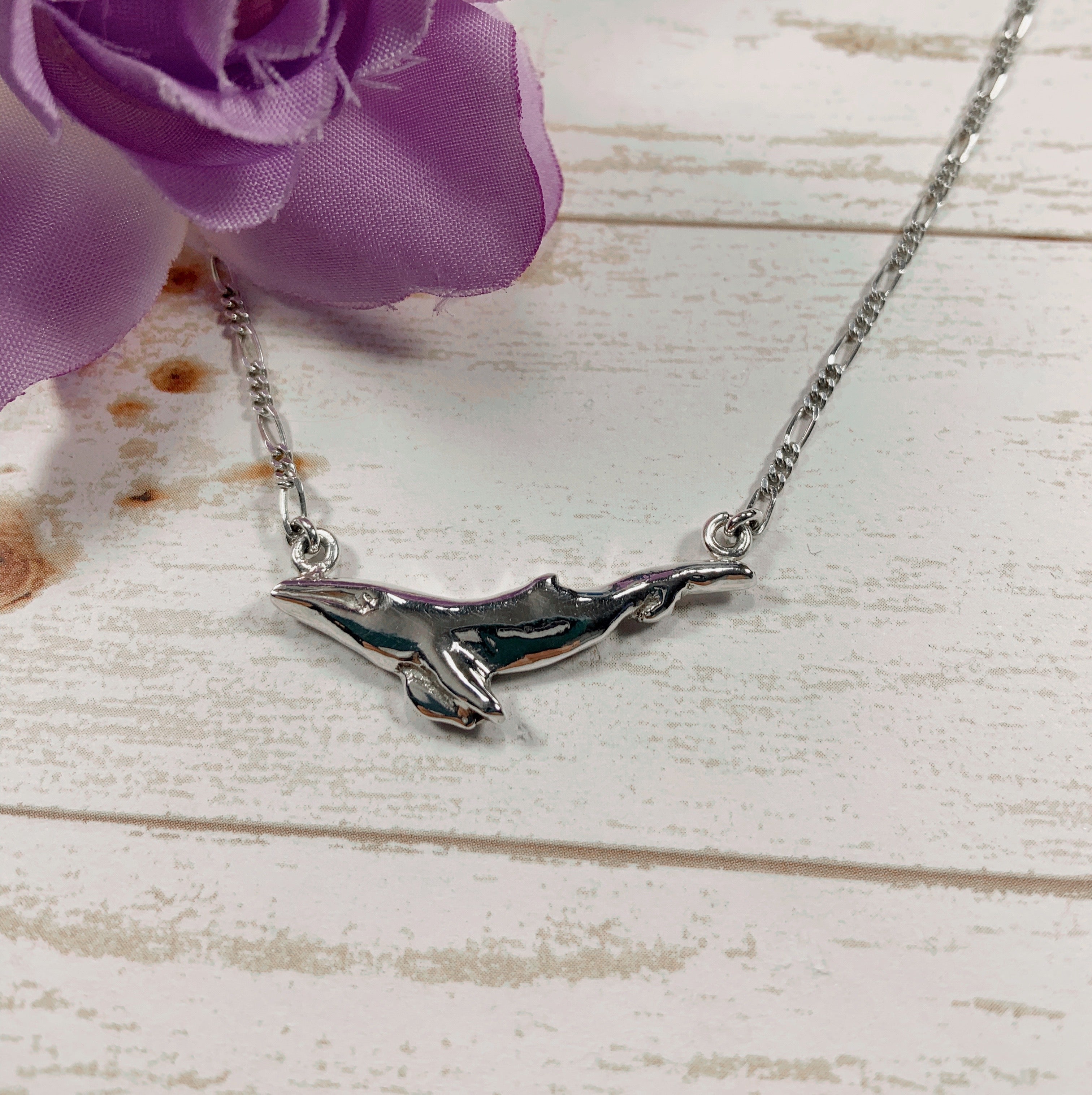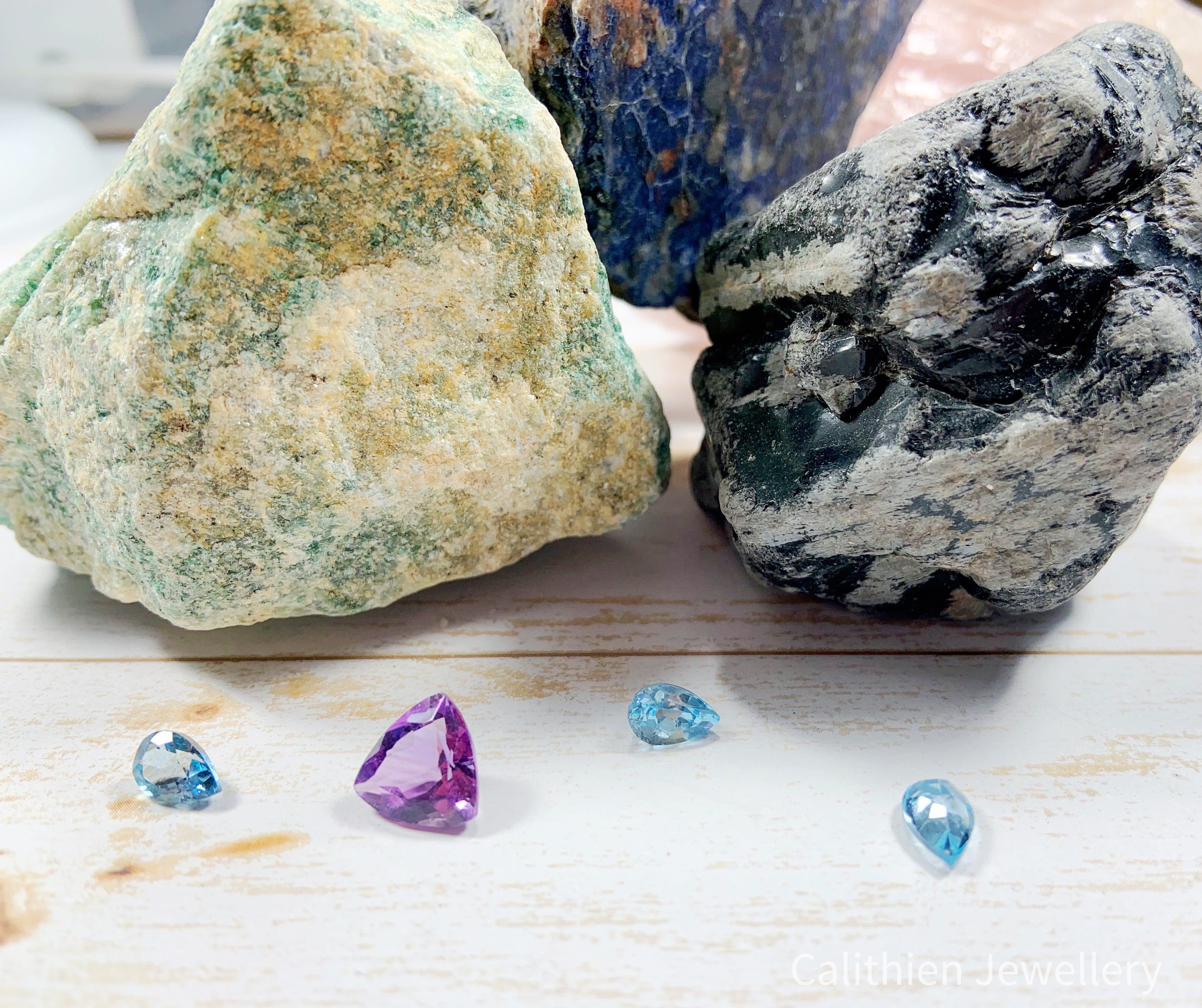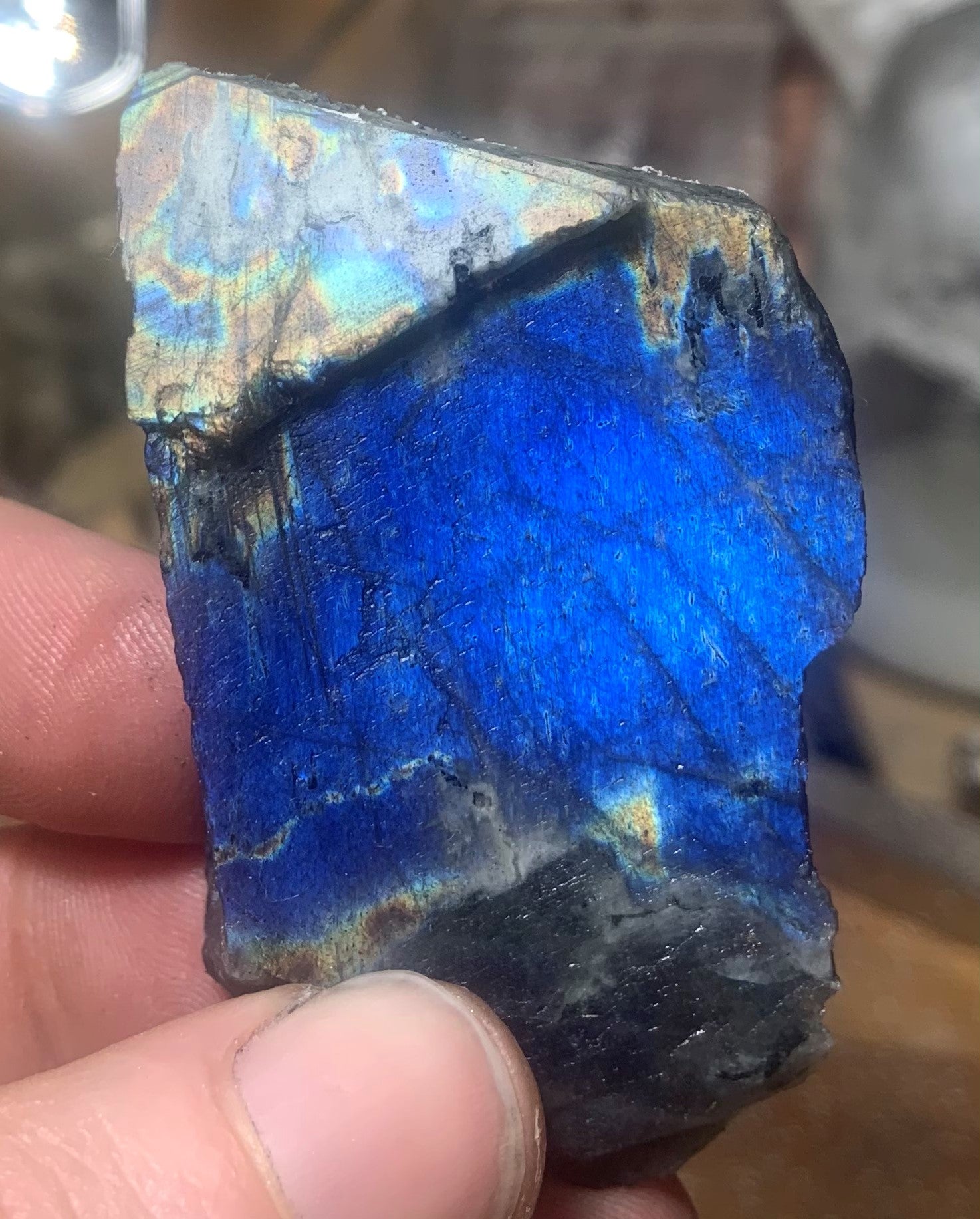
What is Sterling Silver?
Sterling Silver, Fine Silver, Silverplate
What’s the difference?
Sterling silver is sometimes called 925 silver.
Sterling silver is an alloy. That is, it’s mixed in specific proportions with a base metal, usually copper. To legally be called ‘sterling,’ the alloy must contain a minimum of 92.5% silver.
Fine silver, on the other hand, is 99.9% silver.
So, why mix it, especially when most of it is still silver? Sterling silver provides beautiful colour and takes a high polish, but is harder than pure silver. It’s springier and holds its shape better, is more durable, less prone to accidental damage, and is better able to handle wear.
Fine silver, on the other hand, is too soft for many jewellery applications. It’s used where the extra malleability is an asset, such as mounting a delicate gemstone, and where wear isn’t an issue.
Silverplate is neither of those things. Whereas jewellery made with sterling silver is fabricated entirely from sterling, a silverplated piece is made from a base metal, usually copper. A very thin coating of silver is electrostatically applied over the base metal. Because it’s so thin, the silver will wear off fairly quickly. If it’s scratched, the base metal will show through.
How do I tell if my piece is sterling?
Fine jewellery is often stamped. Stamp marks like SS or 925 denote sterling silver.
If my piece isn’t stamped, does that mean it’s not sterling?
No. It’s illegal in Canada to stamp jewellery without also stamping a trademark. Creating a trademark and registering it can be a time-consuming and expensive process. Goldsmiths and jewellers who haven’t yet gotten a trademark can’t stamp their sterling silver products. As well, not all pieces of jewellery have a place where they can safely be stamped. If it can’t be done without damaging the piece, it won’t be stamped.
If it’s not stamped, how can I tell whether it’s sterling?
If it’s listed or advertised simply as ‘silver,’ it may be silverplate. 'Sterling silver' and 'fine silver' are terms with legal meaning.
Price can sometimes be an indicator. Before a goldsmith can work with sterling silver, they have to buy the silver. That alone is going to dictate a certain price for the finished piece.
Another test is to rub the piece with a polishing cloth. Unless it’s recently been well-polished, some black marks are likely to be appear. The longer it’s been since it was polished, the more tarnish you should see.
A goldsmith who creates in sterling silver is likely to have a polishing cloth nearby and you may well see them polishing pieces up. Jewellery out on display is subject to more air and humidity than when it’s being worn or tucked away, so it will need more frequent polishing. And of course, a jeweller who works in sterling is not concerned about the silver rubbing off. The entire piece is sterling.
(A goldsmith or jeweller who creates with satin or textured finishes will be more careful, simply because they don’t want to polish off the finish.)



Leave a comment
This site is protected by hCaptcha and the hCaptcha Privacy Policy and Terms of Service apply.